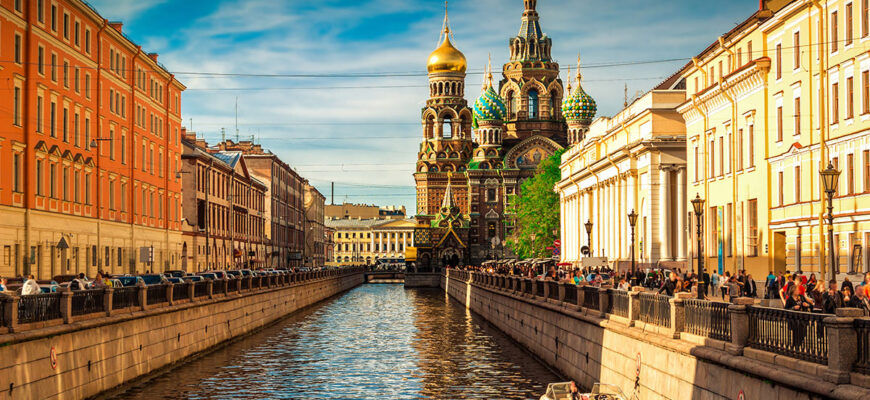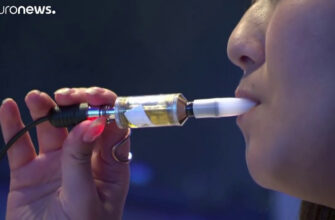As the calendar page turned to September, signaling the crisp arrival of autumn, the historic city of St. Petersburg was treated to a spectacle rarely witnessed in these latitudes: the ethereal dance of the Aurora Borealis. This wasn`t just another sunrise; it was a celestial greeting, painting the pre-dawn sky with hues of green and purple, a mesmerizing start to the new season.
A Whisper of Light on the Gulf of Finland
In the quiet, early hours of September 2nd, around 5 AM, along the serene southern shores of the Gulf of Finland, the heavens above Russia`s imperial jewel began to glow. What unfolded was a delicate, almost shy manifestation of the Northern Lights. Unlike the blazing, all-encompassing displays often associated with the high Arctic, this was a subtle show, a celestial whisper rather than a shout. Observers reported seeing “high pearlescent pillars” – soft greens and subtle purples that gently illuminated the night canvas. It was a fleeting moment, yet profoundly beautiful, captured by photographer Alina Sviridova, whose images quickly circulated, sharing the unexpected magic with a wider audience.
St. Petersburg: A Southern Outlier for Auroral Beauty
For a city situated at approximately 60 degrees North latitude, while certainly northern, a visible aurora is far from an everyday occurrence. The most intense and frequent auroras are typically seen within the “auroral oval,” a band around the Earth`s magnetic poles. To witness such a display so far south of this prime viewing zone usually requires exceptionally strong geomagnetic activity – a robust solar storm delivering a powerful punch to Earth`s magnetosphere. This rarity makes the St. Petersburg aurora a particularly notable event, a fleeting reminder of the dynamic, often surprising forces at play in our solar system, perhaps even a gentle cosmic nudge from the sun itself.
The Cosmic Choreography: How the Northern Lights Form
The Northern Lights are, at their core, nature`s most magnificent light show, a direct consequence of the sun`s energetic outbursts. Our star constantly emits a stream of charged particles known as the solar wind, occasionally punctuated by more intense eruptions like solar flares and coronal mass ejections (CMEs). When these charged particles—primarily electrons and protons—travel through space and encounter Earth`s magnetic field, they are not simply absorbed. Instead, our planet`s protective magnetic shield funnels them towards the magnetic poles.
As these high-energy particles collide with atoms and molecules in Earth`s upper atmosphere—predominantly oxygen and nitrogen—they excite them, causing them to jump to a higher energy state. When these excited atoms and molecules return to their normal state, they release photons of light. The specific color depends on the type of atom and the altitude of the collision:
- Green: Most common, produced by oxygen atoms at lower altitudes (around 100-300 km).
- Red: From oxygen at higher altitudes (above 300 km).
- Blue/Purple: Produced by nitrogen molecules, often seen at the lower edges of an aurora.
The result is a spectacular, ever-changing ballet of light, a silent, colorful testament to the sun`s power and Earth`s intricate defenses.
Forecasting the Future: Chasing the Elusive Glow
The appearance of the aurora over St. Petersburg, even if subtle, indicates a certain level of solar activity. Specialists were quick to note that while no “powerful magnetic storms” were officially recorded at the time of this particular display, the sun`s activity is dynamic and can surge rapidly. This suggests the tantalizing possibility of increased solar activity in the coming days, which could, in turn, lead to further celestial encounters. It`s a cosmic lottery, one that keeps stargazers and aurora chasers glued to “space weather” forecasts provided by agencies like NOAA.
The advice for enthusiasts is consistent: keep an eye on the sun, monitor geomagnetic predictions, and, perhaps most importantly, keep your cameras charged. For those hoping to catch such a fleeting spectacle, patience and a keen eye are paramount. Escaping city light pollution, finding a clear horizon, and having a bit of luck with the weather are all crucial ingredients. In more southern locations like St. Petersburg, the aurora can often be less intense to the naked eye, sometimes appearing as a faint glow that a camera with a long exposure can reveal in all its vibrant glory. It`s almost as if the sky occasionally requires a technological assist to fully unveil its profound secrets.
A Magical Start to Autumn
The first night of autumn in St. Petersburg offered more than just a seasonal transition; it delivered a breathtaking celestial performance. It was a rare and enchanting reminder that even in urban settings, the universe occasionally pulls back its curtain to reveal its profound, often unexpected, beauty. Whether this was a one-night-only show or a tantalizing prelude to more autumnal auroras remains to be seen, but for those who witnessed it, even in its gentle form, it was undoubtedly a magical start to the season, a luminous memory etched against the darkening canvas of early September.








